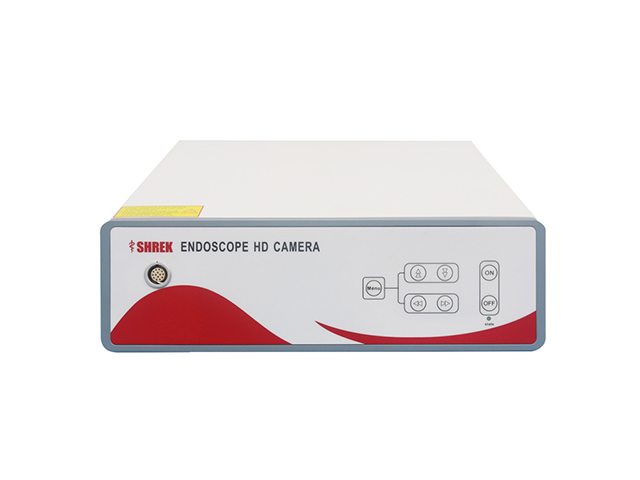SHREK NEWS
Common faults and solutions of ureteroscope

Ureteroscopy is a medical procedure that involves using a ureteroscope to examine and treat the urinary tract. Like any medical equipment, ureteroscopes can experience faults and malfunctions during use. Here are some common faults and their possible solutions:
Difficulty in visualizing the ureter: This can happen if the scope's light source is not properly aligned or if there is debris on the lens. Try adjusting the light source or cleaning the lens with a soft cloth.
Poor image quality: This may occur due to a damaged or dirty lens, or if the scope is not inserted far enough into the ureter. Ensure the lens is clean and properly inserted into the ureter.
Ureteroscope tip damage: The tip of the scope can become damaged during use, especially if it encounters a hard stone or calcification. Replace the scope tip if it is damaged.
Leaks in the water supply or irrigation system: Water leaks can occur if the water supply tubing is not properly connected or if the irrigation pump is not working correctly. Check the connections and ensure the irrigation pump is working correctly.
Ureteroscope not advancing: This can occur if the scope encounters a blockage or if the ureter is too narrow. Stop the procedure and reposition the scope, or use a different instrument to remove the blockage.
Ureteroscope not retracting: This can occur if the scope is not properly lubricated or if the ureter is too narrow. Ensure the scope is properly lubricated and reposition it before trying to retract it.
In all cases, it is important to follow proper cleaning and sterilization procedures for the ureteroscope to prevent infections and ensure its proper functioning. If the problem persists, contact the manufacturer or a qualified service technician for assistance.




